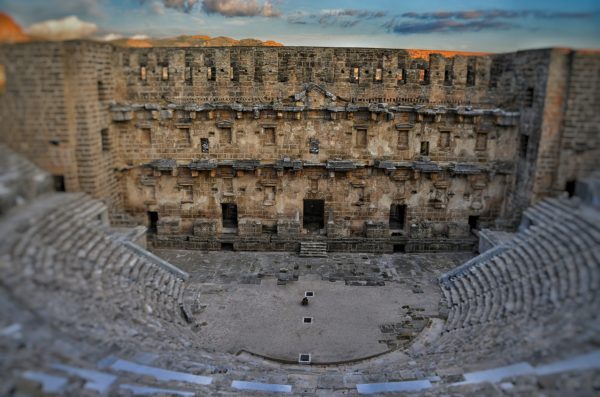
Improve Creative Writing by Understanding Your Teacher’s Marking
Did you know that when an excellent teacher marks an essay, he will put in annotations to indicate the specific grammar error in order to help the child? Most of the time, the teacher will let the student know what these annotations mean. However, whether the student remembers what they mean is another matter. They will also probably not be able to explain them to their parents. How can students understand and remember the different annotations? I am sure most







